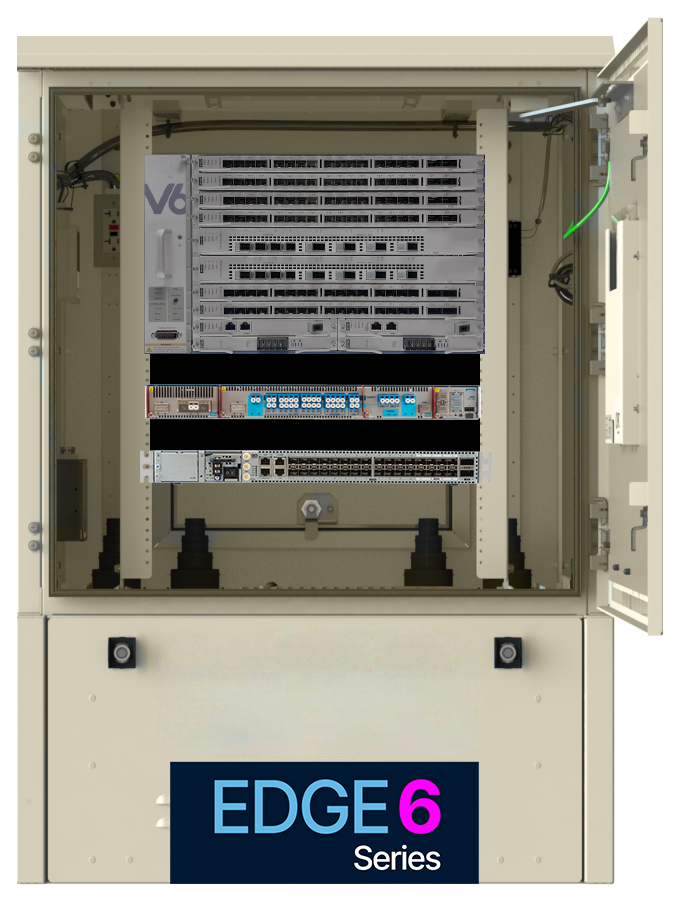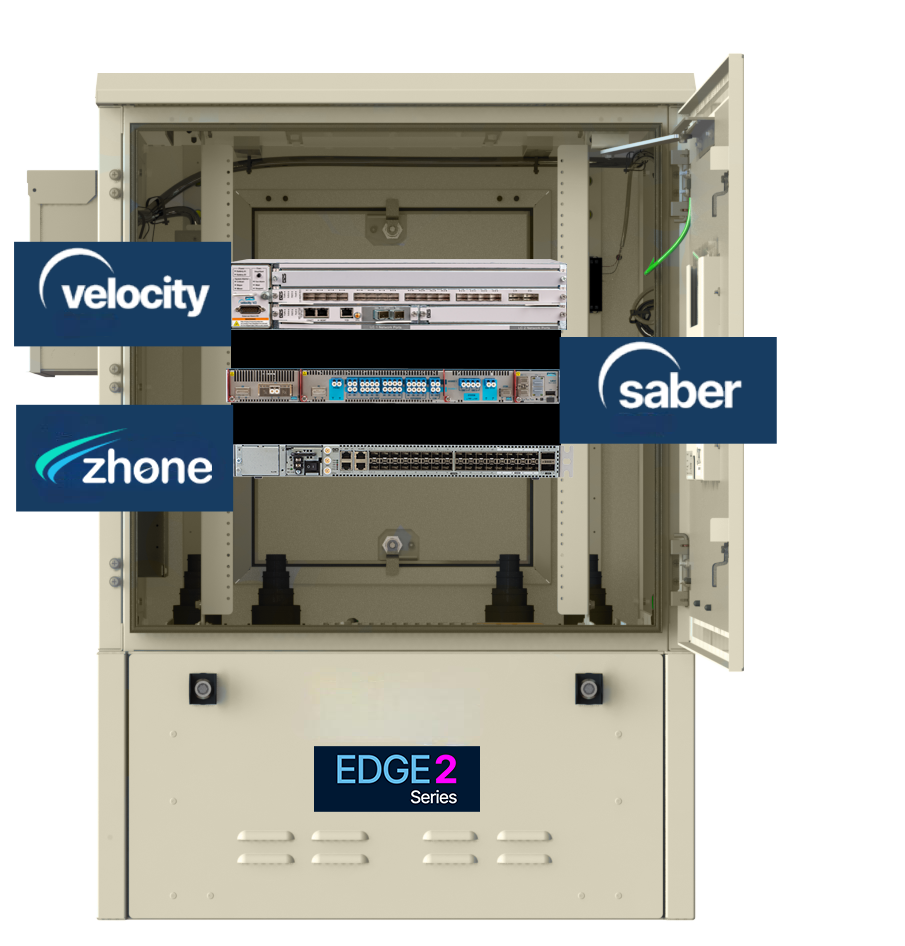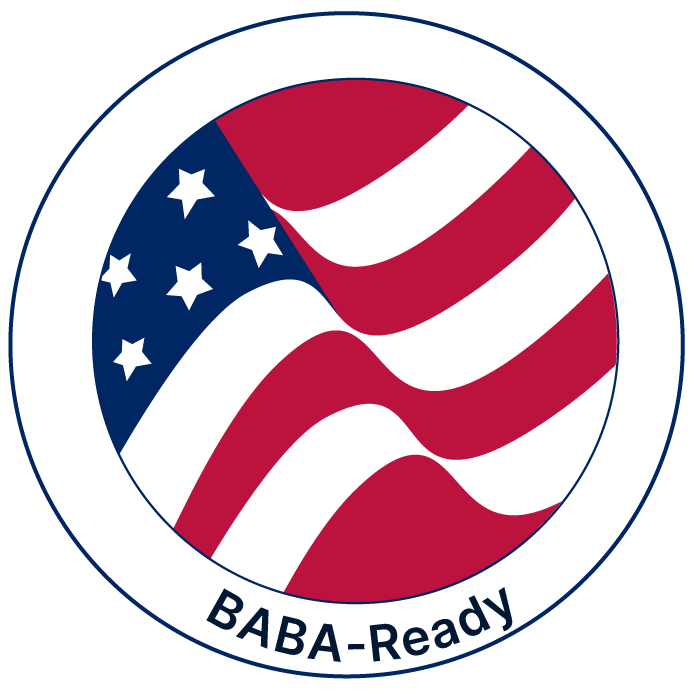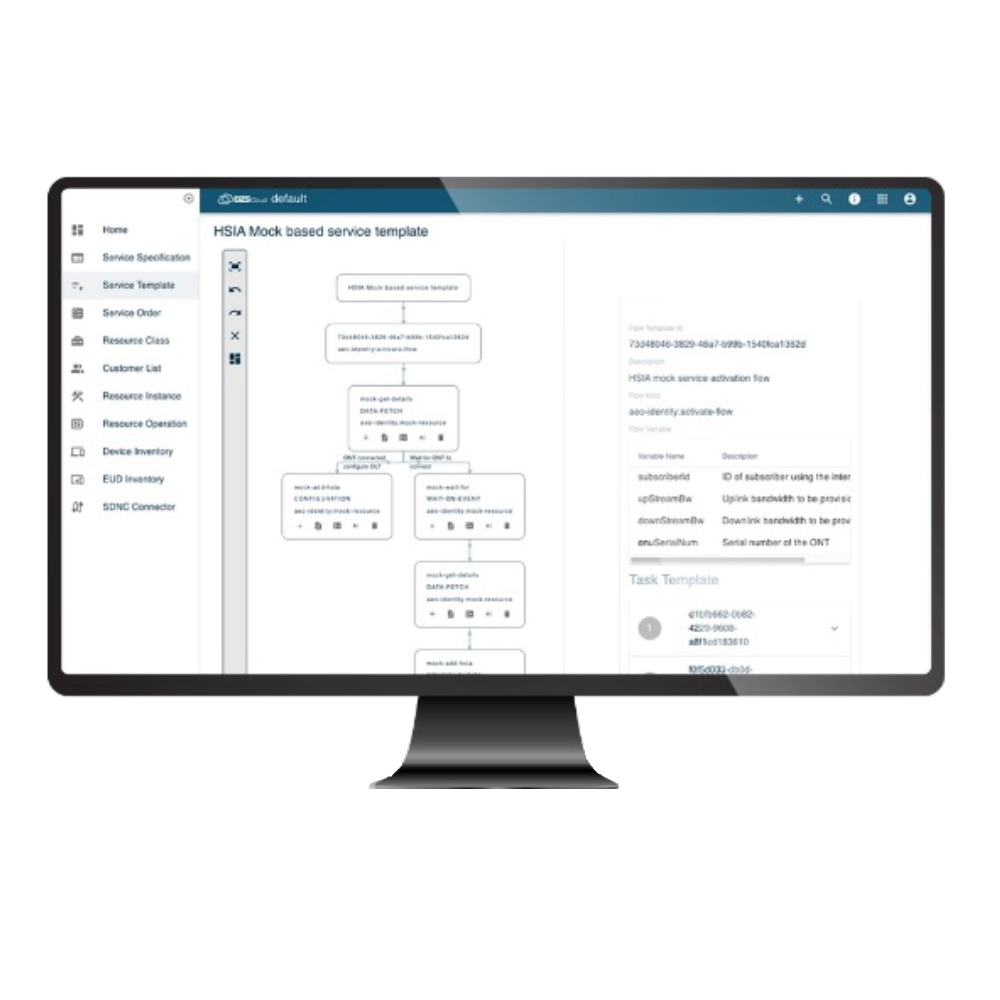A New Hope for Universal Broadband Coverage
Deploying gigabit broadband in unserved and underserved areas is difficult. Density, terrain, lack of infrastructure, remoteness … all of these have combined in different ways to leave large swaths of the world broadband second class citizens. However, new technologies and government subsidies are stimulating billions of dollars in broadband infrastructure investments in rural areas.
Many countries are promising universal gigabit services coverage within the next 5-10 years.
The question is no longer why or when …but how?

The Fast Path to Bridging the Digital Divide
Zhone FiberWay combines market-leading access and transport systems with award-winning cloud software to rapidly connect remote rural communities and position them for success. Architected to meet the unique challenges of rural middle mile and last mile fiber networks both today and in the future, Zhone FiberWay empowers service providers leveraging broadband stimulus programs to invest in solutions across the access, optical, subscriber and cloud edge that position them for sustainable success long after the awarded funds are spent.

How is Zhone FiberWay Different?
Zhone FiberWay is designed to enable service providers to get to market fast in areas where business cases for investment had not historically existed. The solution brings together optimized network elements tailored for the middle mile, last mile, and in-home networks to provide end-to-end solutions for remote communities. Key innovations across the access edge, optical edge, subscriber edge and cloud edge provided by these solutions include:
Environmentally Hardened Access and Transport Solutions
Unserved and underserved areas will have minimal existing infrastructure and be in remote areas, presenting a deployment challenge for service providers. Investing in air-conditioned cabinets or equipment huts can be expensive and pose ongoing maintenance and energy challenges. Hardened Zhone FiberWay Access and Transport solutions minimize these expenses and challenges, often deployable rapidly in existing cabinets without upgrades to heat-exchangers or in small cabinets with minimal enhancements.
High Performance and Scalable Solutions
Gigabit services have emerged as the starting point for new deployments today, but multi-gigabit services are already emerging in the market and new applications like VR/AR/XR, 8K video and remote collaboration are on the horizon. Edge Access solutions will likely start with 10G XGS-PON technology today, but require an upgrade to 50G PON, ideally without service interruption, in the future. Edge Transport solutions that aggregate these services will be required to scale commensurate with these data rates and new applications and transport them over long distances. Zhone Edge Access solutions are non-blocking and multi-terabit capacity, allowing for in-place upgrades to next-generation PON technologies (like 50G PON) and Zhone Edge Transport solutions leverage groundbreaking hardened coherent optics technologies and modular flexibility in a compact form factor to rapidly scale and reach across long distances.
Build America, Buy America
Service providers leveraging BEAD funds can also rest assured that Texas-based Zhone is Build America, Buy America (BABA) ready, with a long history of U.S.-based manufacturing and strong relationships with contract manufacturers with U.S.-based manufacturing.
Zhone FiberWay is Customizable to Your Needs
Cost-effective and future-ready, Zhone FiberWay is available in three base configurations, and customizable to the needs of specific deployment scenarios.
Each solution can be complemented by a Zhone cabinet optimally sized and configured for maximum efficiency or deployed in an existing cabinet. Additionally, a wide variety of Zhone Helix ONTs, Wi-Fi gateways, and access points are available that can cater to the operational preferences of each customer. Furthermore, Zhone professional services and partners can work closely to service providers to facilitate and manage planning, installation and deployment.
Zhone FiberWay6
Consists of a 6-slot, 6RU chassis capable of supporting up to 25,000 subscribers, complemented by the Saber 4400, M4000, and Zhone ONTs/gateways.

Zhone FiberWay2
Consists of a 2-slot, 2RU chassis capable of supporting over 4000 subscribers, complemented by the Saber 4400, M4000, and Zhone ONTs/gateways.

Zhone FiberWay1
Consists of a fixed form factor Velocity V1 capable of supporting over 2000 subscribers, complemented by the Saber 4400, M4000, and Zhone ONTs/gateways.

Think Strategically About Broadband Stimulus
Service providers bridging the digital divide must think and partner strategically to make the most of their broadband stimulus opportunities.
Zhone FiberWay is the only end-to-end solution across the middle and last mile architected to address this challenge head-on, and puts service providers in a position to not only meet and exceed stimulus program requirements, but enable them to achieve long-term sustainable success in these targeted market.
Let’s examine a couple of areas that aspiring awardees should think about in planning for BEAD:

1. Government programs are NOT a business strategy in and of themselves.
They are a component of a long-term strategy. Yes, awardees will receive potentially millions of dollars to serve rural communities, but remember that government awards will often require a minimum 25% match and prefer matches well above this level.
Additionally, these communities will need to be served well beyond the multi-year implementation timeframe of these programs. Thus, each community build-out will need a viable long-term business case. This means that awardees should carefully consider key influential factors like ease of future upgrades, remote network monitoring and maintenance, equipment resilience and longevity, and the ease of adding new revenue-generating services in the future.
2. Do NOT forget about the Middle Mile.
Although many government broadband programs are clearly focused on Last Mile connectivity, funding often includes any Middle Mile investments necessary to enable service to the end community. Thus, awardees should make sure that they invest in Middle Mile solutions that can both support the needs of these communities from the start and scale to meet their future demands as efficiently as possible.
Furthermore, Middle Mile investments should also be viewed as strategic beyond the scope of serving the end communities, because although government awards and funds can’t be used to leverage the Middle Mile network to better the services of communities along the way, the same service providers can circle back to leverage it for future investments in other communities that could benefit after their awarded buildout.
3. Do NOT forget about necessary software investments.
The reality of subsidized deployments is that software will be necessary to meet the reporting requirements associated with the program in terms of performance assurance. The more automated, orchestrated and remotely configurable these networks, many of them remote, will be more viable for the ongoing business case by limiting truck rolls and other OPEX, both in the network as well as in the home, business, or anchor institution.
4. Choose Your Partners Wisely.
Although waivers have been issued in the past for some government programs that requires in-country manufacturing (like the U.S.), it is clear that going forward award will be subject to more stringent requirements. Align yourself with vendors who already have a track record being able to accommodate the building Last Mile and Middle Mile networks in your country if required. There is no reimbursement for false starts if you find out that your vendor or partner doesn’t qualify midway through the planning or deployment process.
Build America, Buy America
Service providers leveraging BEAD funds can also rest assured that Texas-based Zhone is Build America, Buy America (BABA) ready, with a long history of U.S.-based manufacturing and strong relationships with contract manufacturers with U.S.-based manufacturing.








